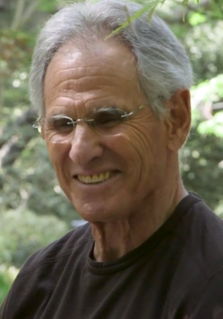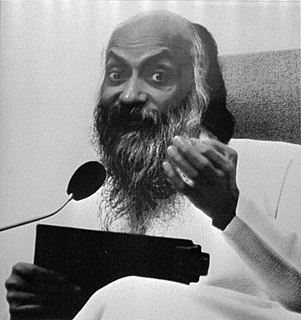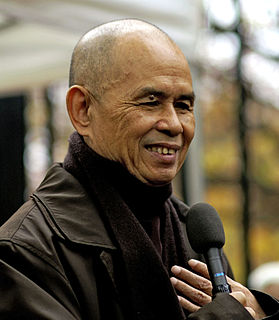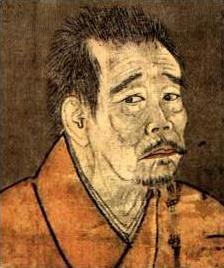A Quote by Yongey Mingyur Rinpoche
The best part of all is that no matter how long you practice, or what method you use, every technique of Buddhist meditation ultimately generates compassion.
Related Quotes
To live out of understanding is compassion. Never try to practice it, simply relax deep into meditation. Be in a state of let-go in meditation and suddenly you will be able to smell the fragrance that is coming from your own innermost depth. Then the flower blossoms and compassion spreads. Meditation is the flower and compassion is its fragrance.
When you climb a ladder and arrive on the sixth step and you think that is the highest, then you cannot come to the seventh. So the technique is to abandon the sixth in order for the seventh step to be possible. And this is our practice, to release our views. The practice of nonattachment to views is at the heart of the Buddhist practice of meditation.
Now you are on the Buddhist way. Keep up your meditation, as there is no instant illumination. The mind moves slowly into this. Do not become attached to your method. When, in the course of your meditation, your consciousness will have expanded and been transformed, you will then recognize that all the ways are valid ways.






























